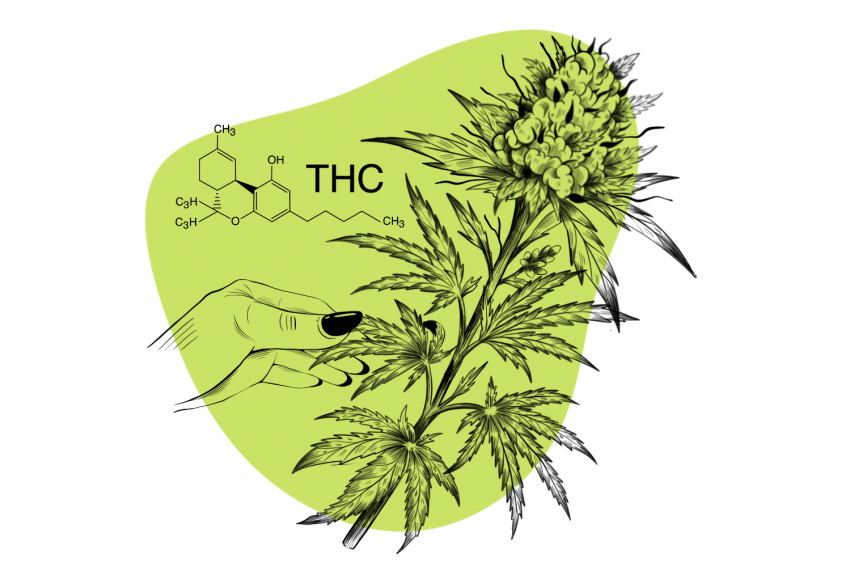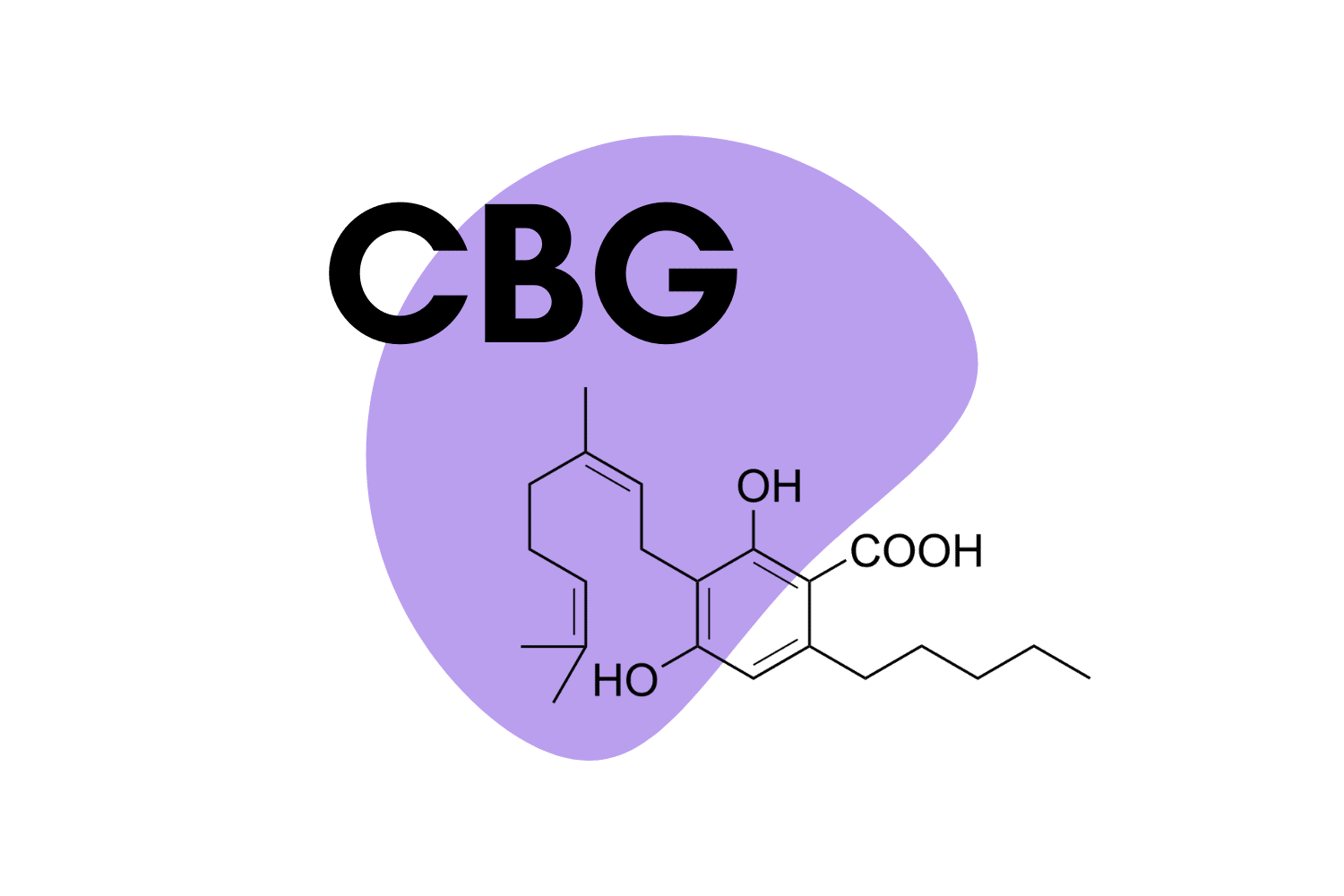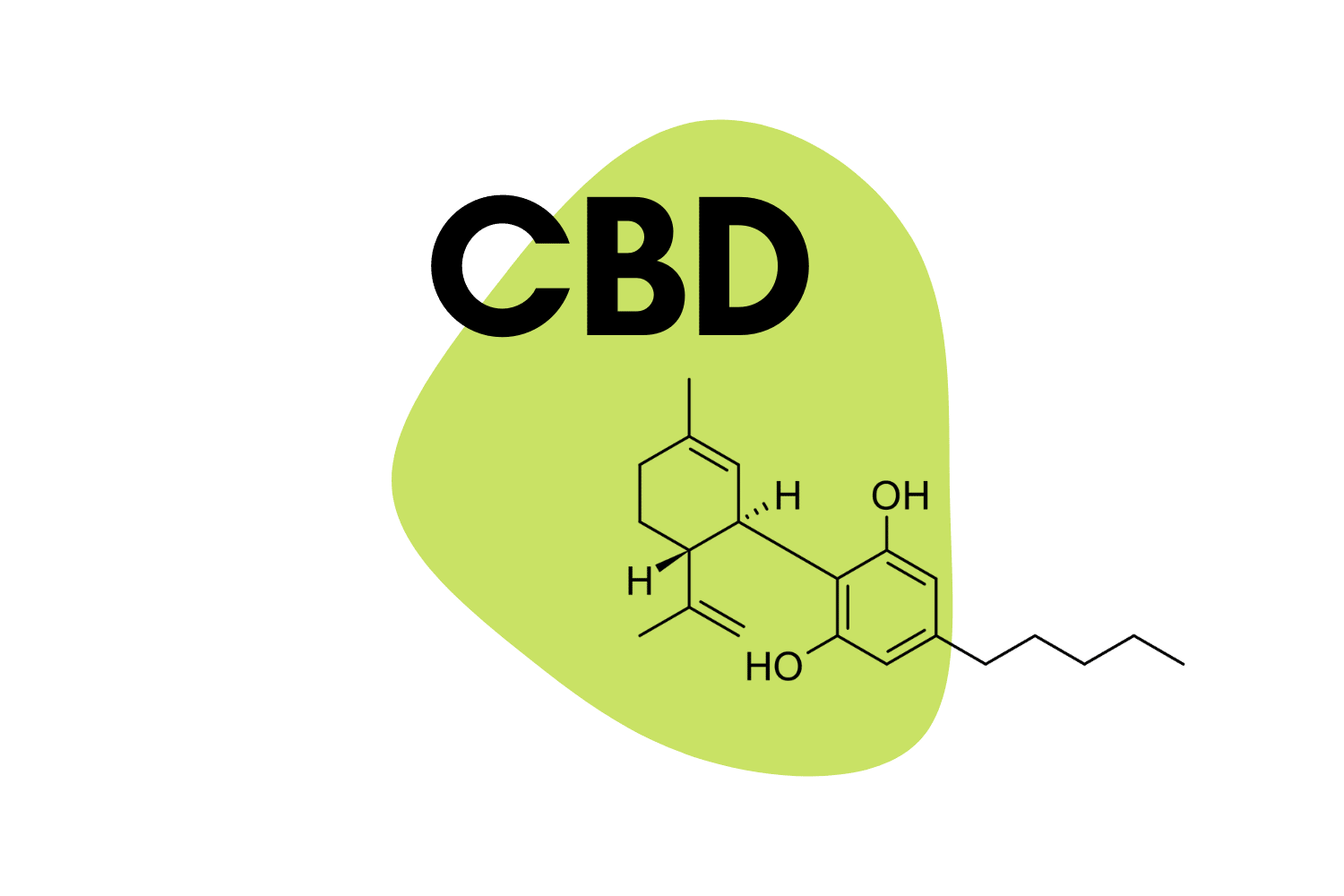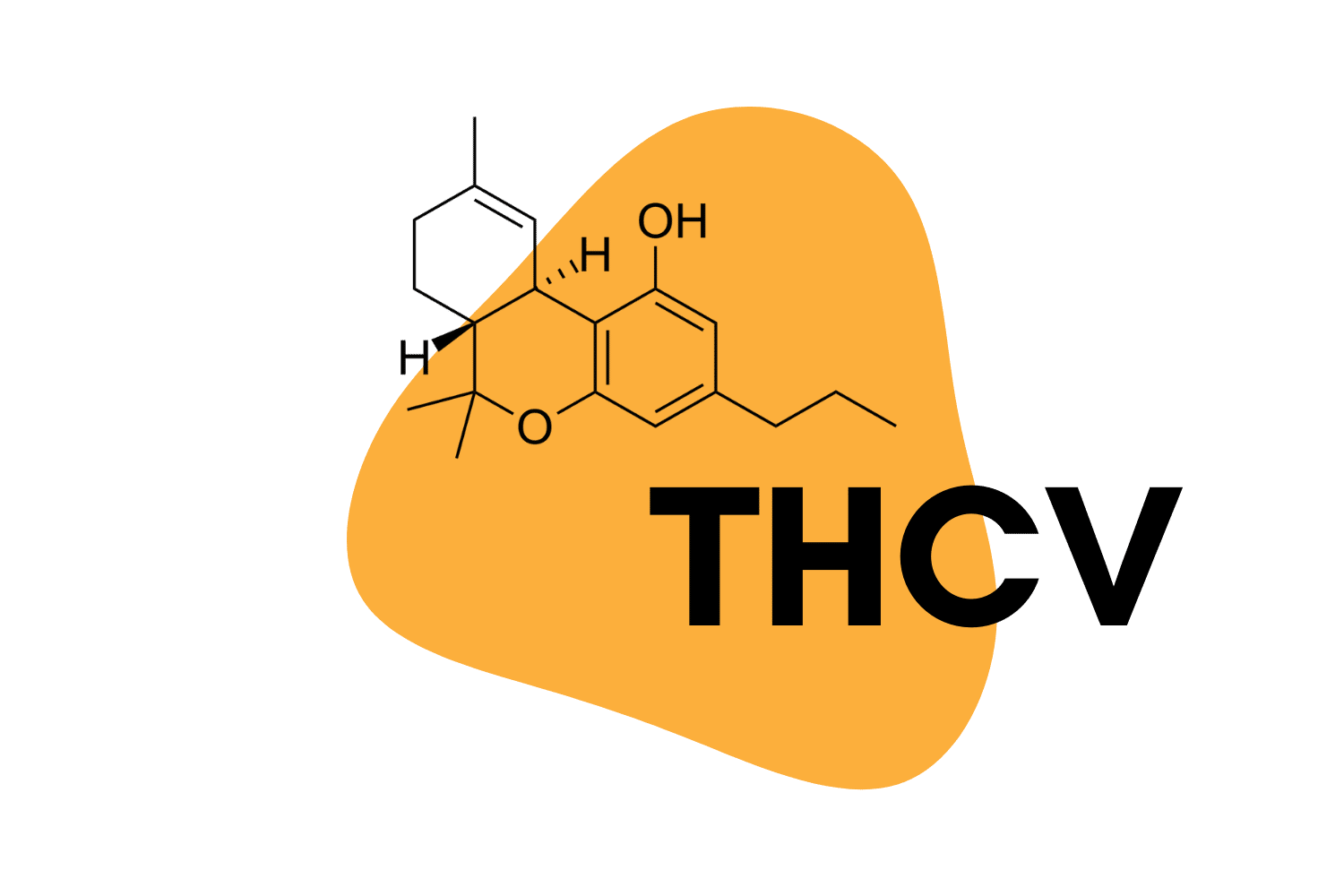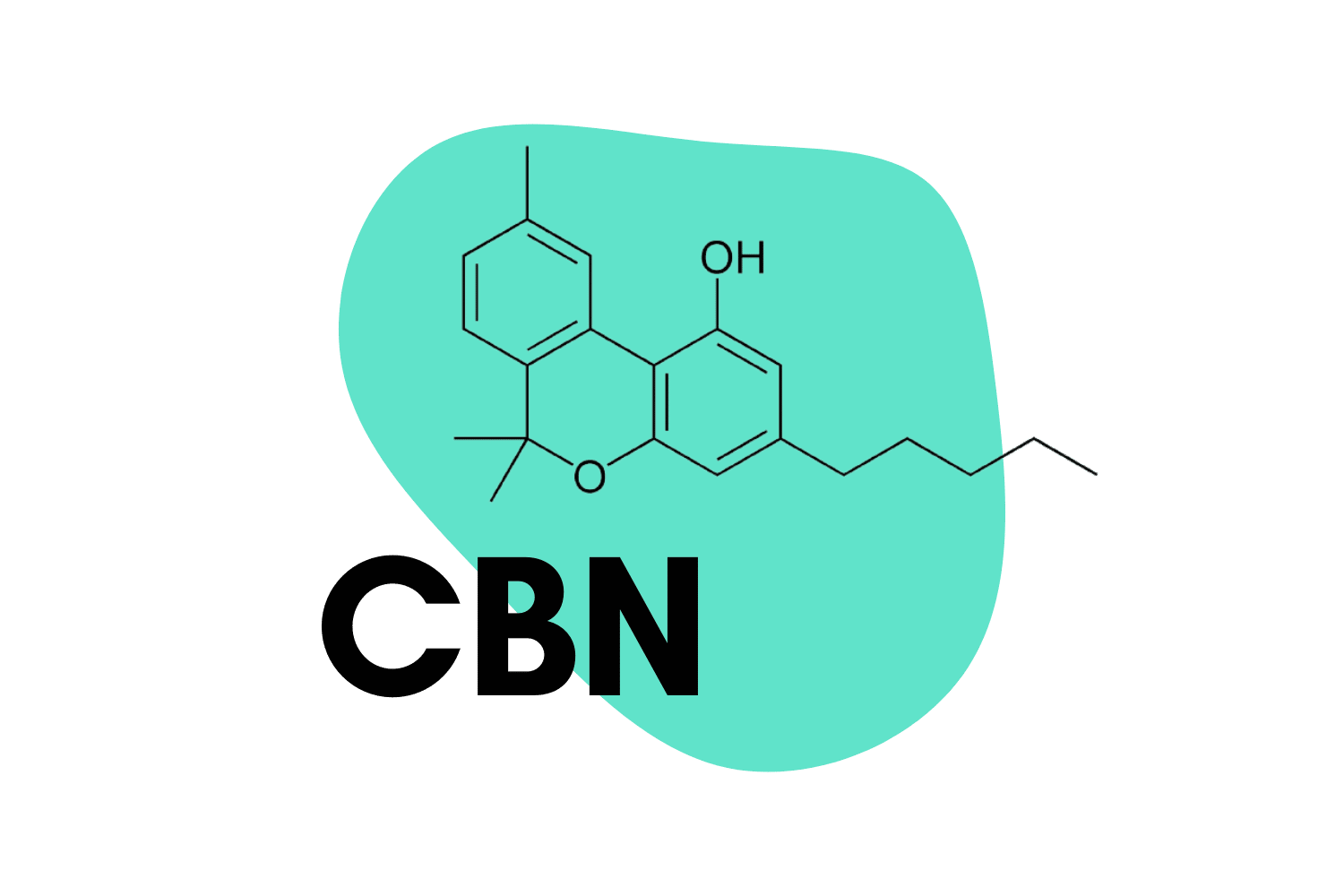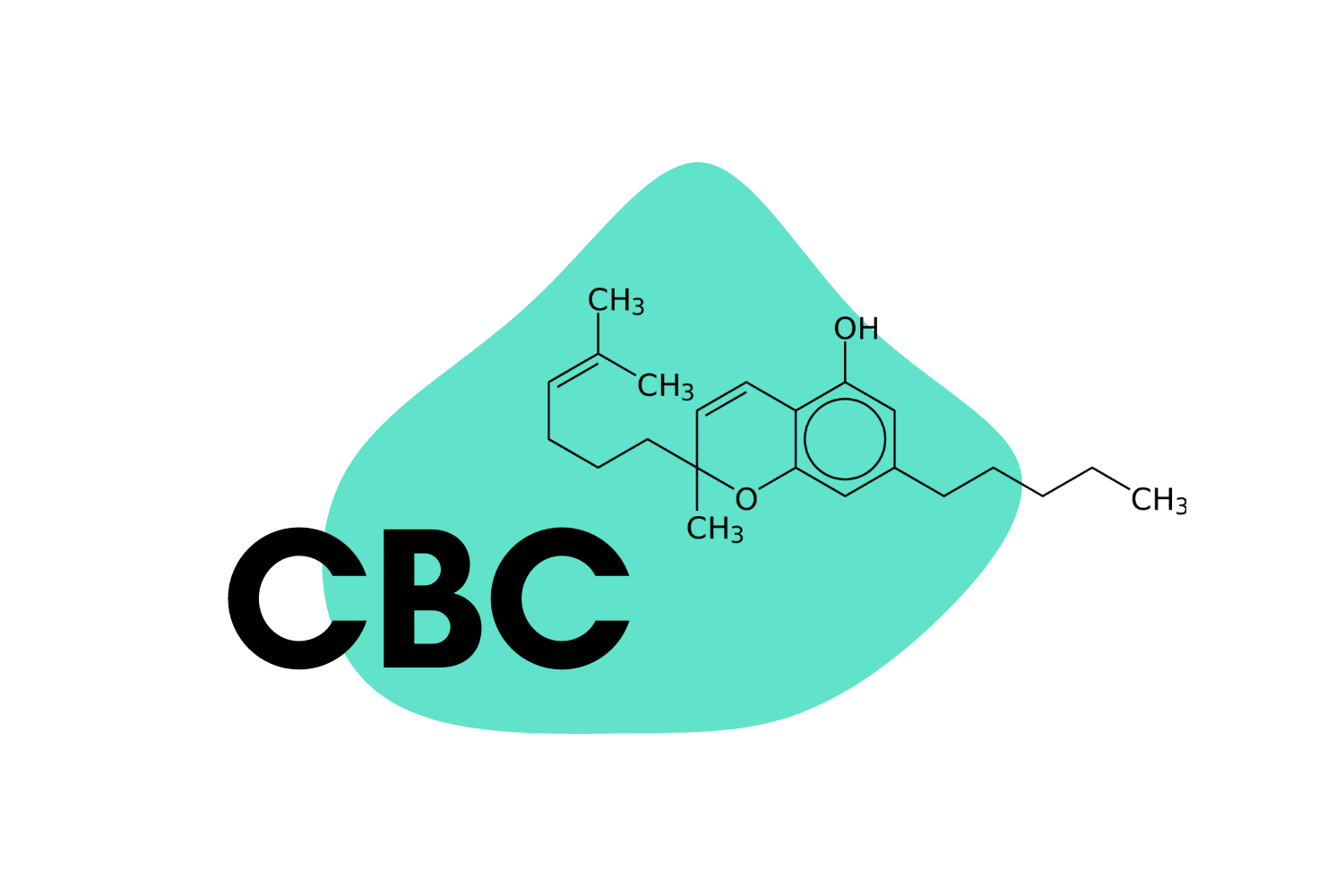Beyond Cannabis: 8 Unexpected Plants & Fungi With Cannabinoids
Cannabis is the king of cannabinoids, but there are other species that make phytocannabinoids too.
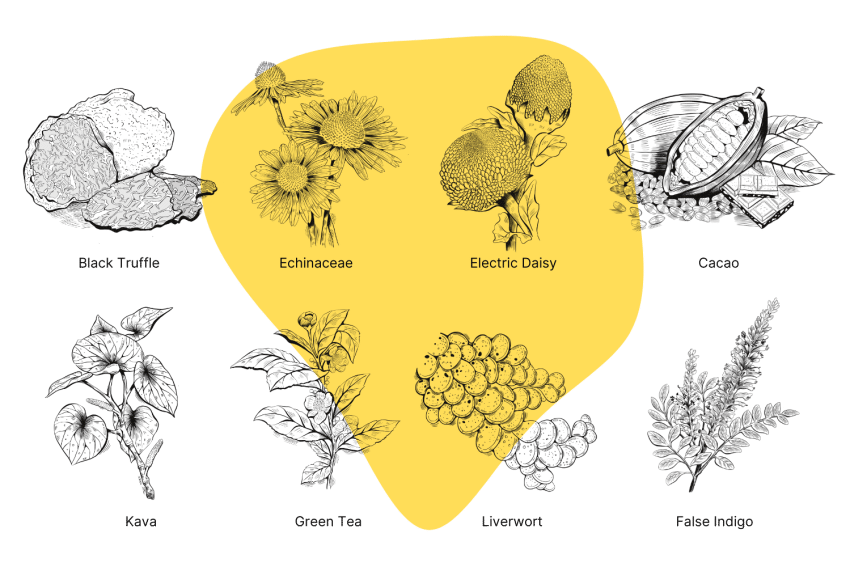
Researchers studying the cannabis plant (Cannabis sativa) were the first to discover a complex network of hormones, neurotransmitters, and receptors known collectively as the endocannabinoid system (ECS).
Cannabis makes several powerful cannabinoids that interact with this system, including THC, CBD, and CBC.
But cannabis is far from the only species to produce compounds that interact with this system — many of them also sport impressive medicinal qualities.
Here, we’ll examine 8 plants (and fungi) that contain cannabinoids — excluding cannabis. We’ll cover each plant’s active ingredients and what we know so far about its psychoactive and medicinal profile.
Related: List of Plants that Contain DMT
1. Echinacea purpurea (Purple coneflower)
This plant produces compounds called N-alkylamides, a few of which have been shown to interact with the CB2 endocannabinoid receptors [1]. The strongest activity appears to come from a compound called isobutylamide, which is also found in the Electric Daisy plant.
Researchers believe these phytocannabinoids play a key role in Echinaceae’s powerful anti-inflammatory and immunomodulatory activities.
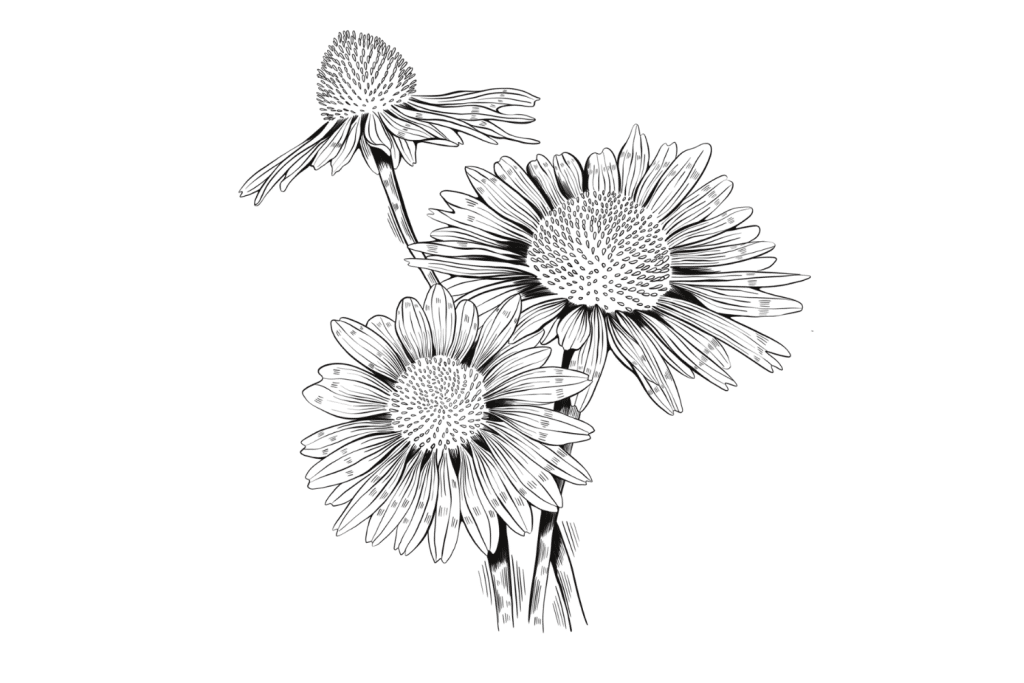
Echinacea Specs:
| Psychoactivity | None |
| Traditional Medicinal Uses | Immunomodulator, Anti-inflammatory |
| Cannabinoid-Like Ingredients | N-alkylamides (isobutylamide) |
2. Acmella oleracea (Electric daisy)
This flower produces a group of compounds in the N-alkylamide class called spilanthol, isobutylamide, and pentadecylamide, all of which appear to stimulate the CB1 and CB2 receptors, as well as the closely-related TRPV1 receptors [2].
The Electric Daisy earned its name from its unique ability to create a numbing or tingling sensation in the mouth after chewing. It’s believed these N-alkylamides are responsible for at least some of this effect.
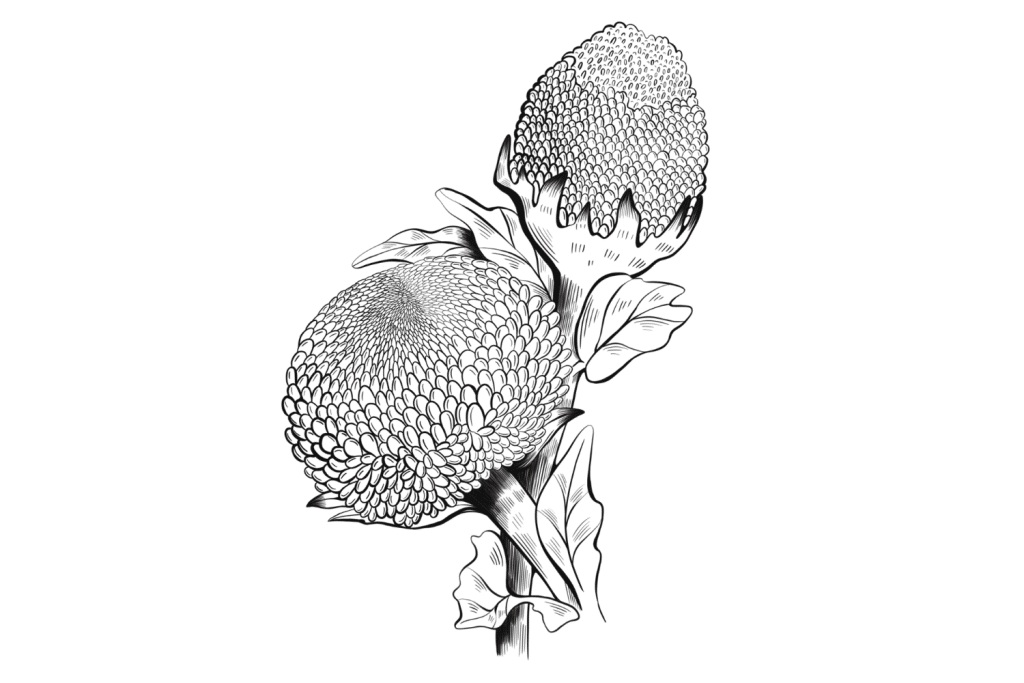
Electric Daisy Specs:
| Psychoactivity | Mild |
| Traditional Medicinal Uses | Anti-inflammatory, analgesic |
| Cannabinoid-Like Ingredients | N-alkylamides (spilanthol, isobutylamide, & pentadecylamid) |
3. Piper methysticum (Kava)
The kava plant contains a series of compounds called kavalactones to produce its characteristic calming and psychoactive effects. One of these compounds, yangonin, has been shown to interact with the CB1 endocannabinoid receptors [3]. It’s believed this effect is at least partly responsible for this herb’s psychoactive profile.
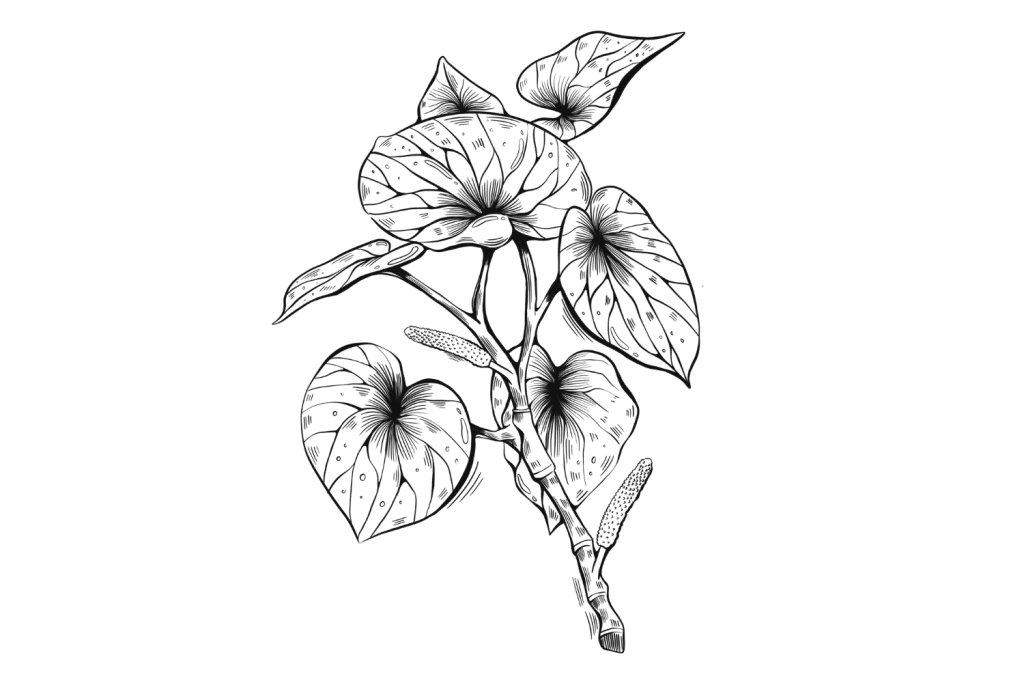
Kava Specs:
| Psychoactivity | Mild |
| Traditional Medicinal Uses | Anxiolytic, sedative, intoxicant |
| Cannabinoid-Like Ingredients | Kavalactones (Yangonin) |
4. Radula marginata (Liverwort)
Liverwort is an ancient, non-vascular plant found in environments too rough for most other plants to thrive (either too wet, too dry, or devoid of useable nutrients).
Many species of liverworts have been found to contain medicinal compounds, including Radula marginata, which contains a cannabinoid called perrottetinene [4]. This compound is very similar in structure to THC, but its psychoactive profile remains unknown.
The traditional uses of this plant strongly correlate with the presence of cannabinoids. It’s primarily used as an anti-inflammatory and analgesic by the Maori tribe in New Zealand.
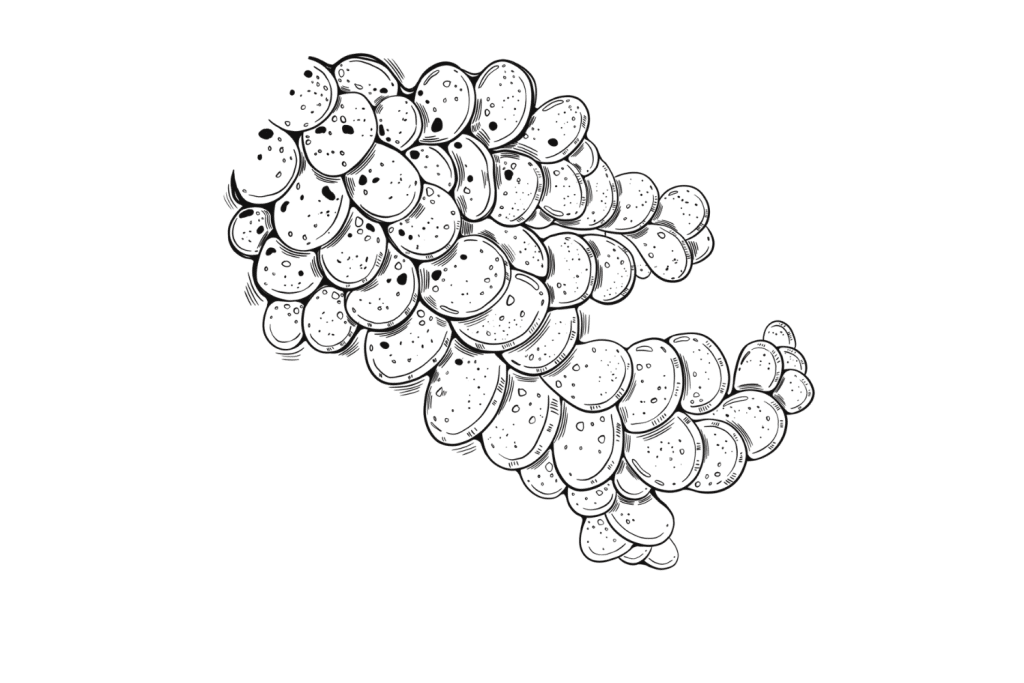
Liverwort Specs:
| Psychoactivity | Unknown |
| Traditional Medicinal Uses | Anti-inflammatory, analgesic |
| Cannabinoid-Like Ingredients | Neolignans (perrottetinene) |
5. Amorpha fruticosa (False Indigo Bush)
False Indigo and other members of the Amorpha genus (such as A. nanna and A. canescens) contain a group of compounds called amorphins — several of which have cannabinoid and opiate-like activity.
Amorpha also contains a phenolic stilbene terpenoid called amorphastilbol, which has been shown to interact with the PPARα in a similar way to anandamide [5,6].
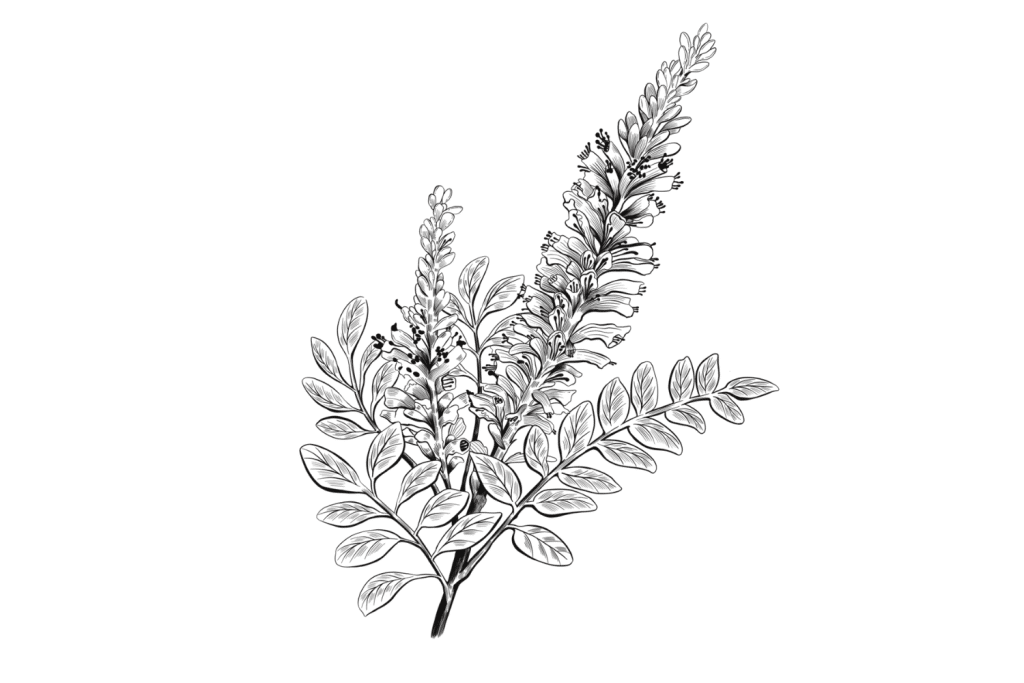
False Indigo Specs:
| Psychoactivity | Unknown |
| Traditional Medicinal Uses | Antiemetic, Digestive |
| Cannabinoid-Like Ingredients | Amorphins (amorphastilbol) |
6. Theobroma cacao (Cacao Tree)
The cacao tree produces a series of anandamide-like compounds called N-acylethanolamines. Some of these compounds, such as N-oleoylethanolamine (OEA), have been shown to interact with the endocannabinoid system in a similar way to anandamide (PPARα activation) [7,8].
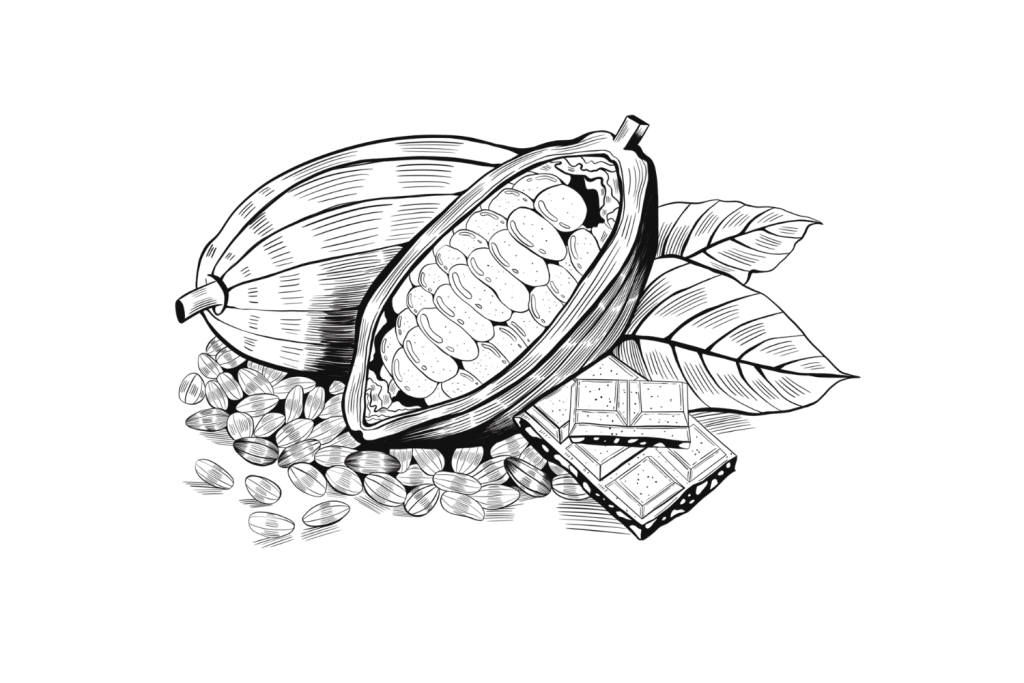
Cacao Specs:
| Psychoactivity | Mild |
| Traditional Medicinal Uses | Energizer, cardioprotective, neuroprotective |
| Cannabinoid-Like Ingredients | N-acylethanolamines (N-oleoylethanolamine) |
7. Camellia sinensis (Green Tea Plant)
Green tea contains a series of compounds called catechins. These compounds contribute to the astringent and bitter flavor of tea and are also responsible for much of the plant’s impressive antioxidant profile [9].
Some of the catechins in green tea (epigallocatechin-3-O-gallate, epigallocatechin, and epicatechin-3-O-gallate) have been shown to have moderate affinity for the CB1 endocannabinoid receptors and mild affinity for CB2 [10].
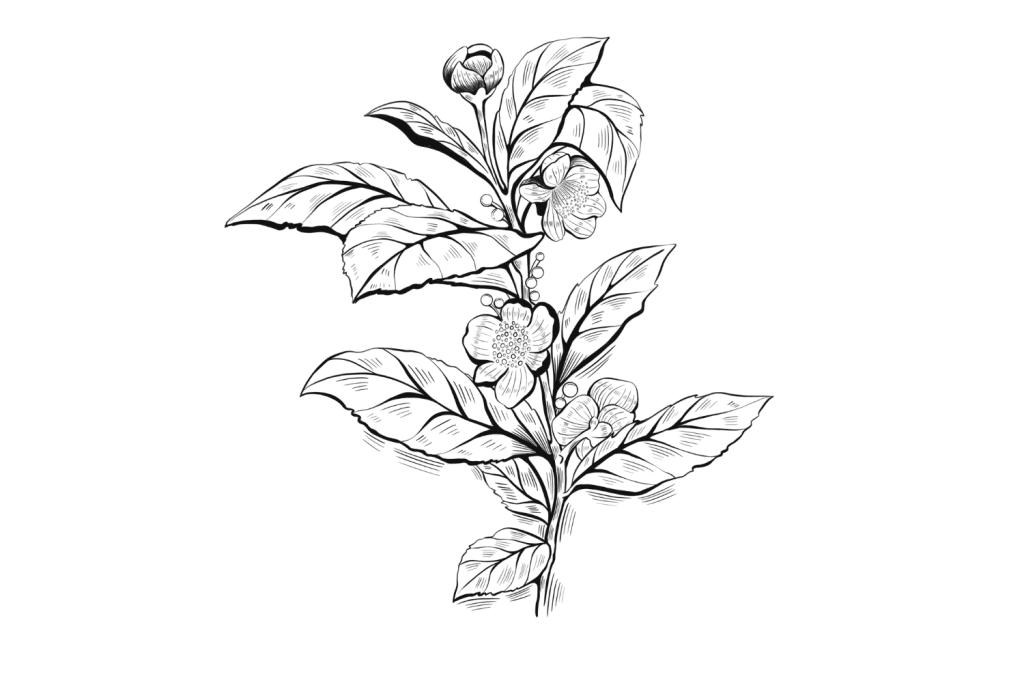
Tea Plant Specs:
| Psychoactivity | None |
| Traditional Medicinal Uses | Cardioprotective, neuroprotective, energizer |
| Cannabinoid-Like Ingredients | Catechins (epigallocatechin-3-O-gallate, epigallocatechin, and epicatechin-3-O-gallate) |
8. Tuber melanosporum (Black Truffle)
Several reports suggest the black truffle fungus contains anandamide [11] — which is one of the two primary endocannabinoids in the human body. Researchers hypothesize that truffles produce anandamide (AKA “the bliss molecule”) in order to attract animals to eat it and help spread its spores.
Related: List of Psychedelic Mushroom Species
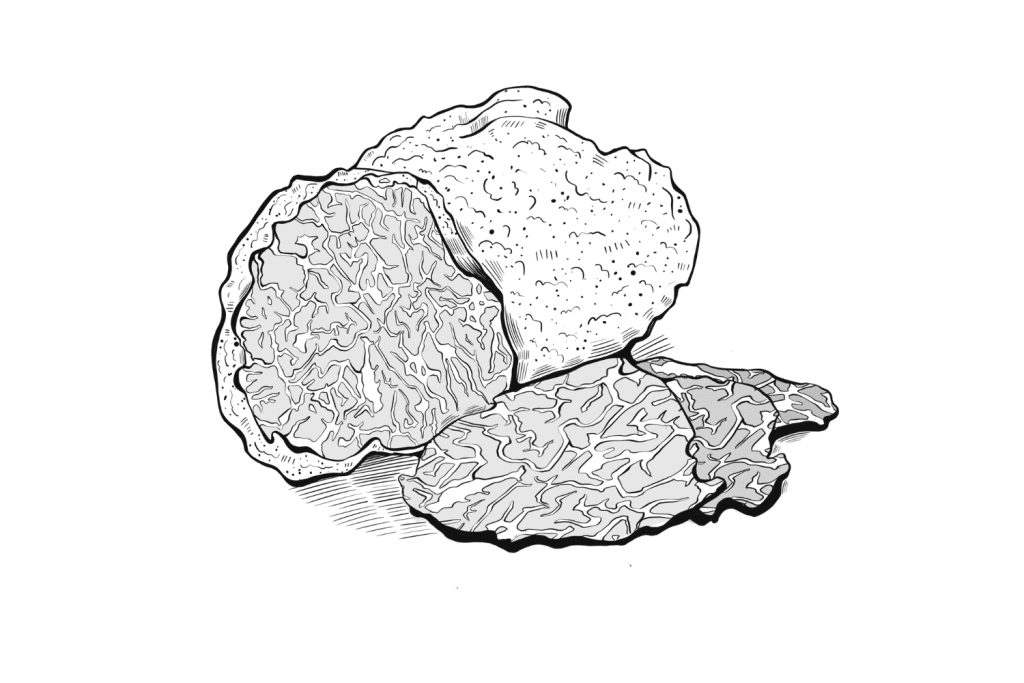
Black Truffle Specs:
| Psychoactivity | None |
| Traditional Medicinal Uses | Digestive, neuroprotective |
| Cannabinoid-Like Ingredients | Anandamide |
9. Trema orientalis (Charcoal Tree)
The Charcoal Tree is another member of the Cannabaceae (hemp) family. Its name comes from its soft, dry wood, which burns very easily. It’s an excellent fire starter and is traditionally made into charcoal.
A recent study (2021) found that the flower of Trema orientalis contains trace amounts of the cannabinoids THC, CBD, and CBN [12].
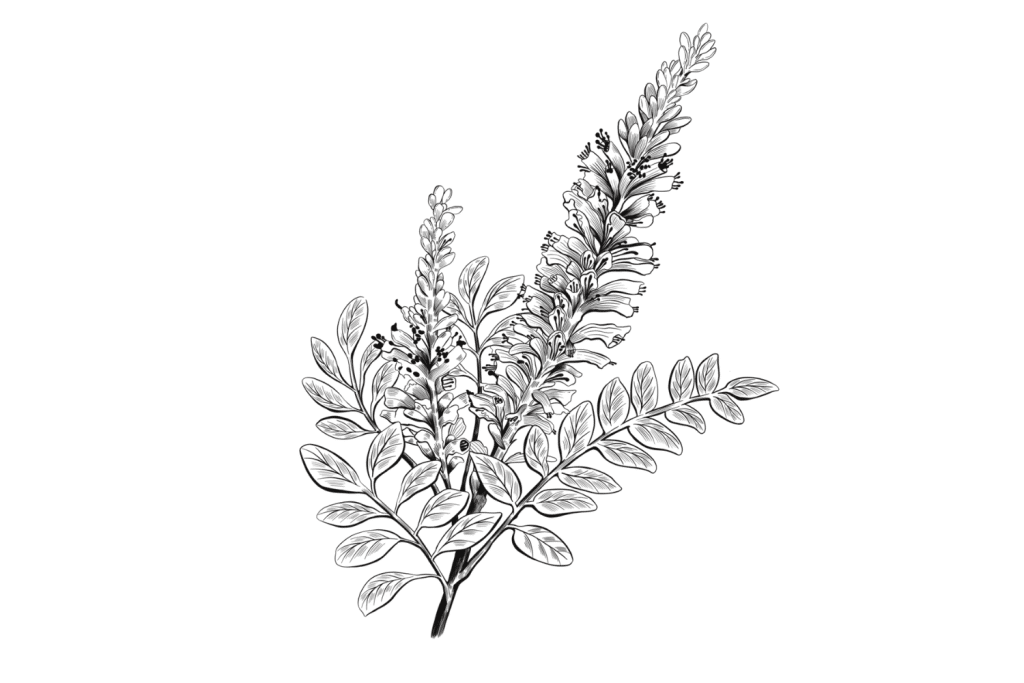
Charcoal Tree Specs:
| Psychoactivity | None |
| Traditional Medicinal Uses | None |
| Cannabinoid-Like Ingredients | THC, CBD, CBN |
What Are Cannabinoids?
Cannabinoids refer to any compound — natural or synthetic — that interacts with the endocannabinoid system.
This system is present in all complex animals — including mammals, birds, reptiles, and fish.
There are three categories of cannabinoids, depending on the source:
- Endocannabinoids — cannabinoids produced by the body itself (such as anandamide and 2-AG).
- Phytocannabinoids — cannabinoids produced by plants and fungi.
- Synthetic cannabinoids — cannabinoids developed in a lab that do not occur in nature.
Cannabinoids that activate the CB1 receptors (one of two receptors that make up the endocannabinoid system) tend to have psychoactive effects. This includes compounds like delta 9 THC, delta 8 THC, HHC, THCV, and CBN.
Other cannabinoids work by modulating our endocannabinoids or targeting the CB2 receptors — many of these compounds lack psychoactive effects.
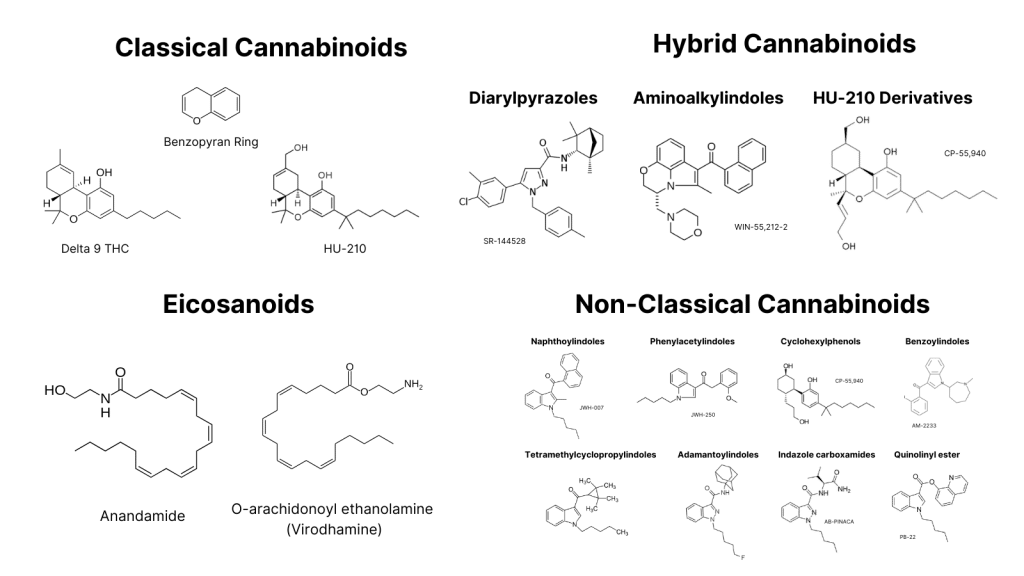
The Endocannabinoid System
All cannabinoids interact in some way with a complex system of hormone-like neurotransmitters, receptors, and enzymes collectively called the endocannabinoid system (ECS).
The ECS is responsible for maintaining communication between various organs of the body. In a way, it acts as the “read-receipts” you would get after sending someone a text message. This system works in the reverse direction to normal neurotransmission to send messages in the other direction.
The ECS is critical for maintaining homeostasis. It’s involved with the function of nearly every organ system in the body — including cardiovascular function, mood, consciousness, digestion, and immune function.
Using phytocannabinoids and synthetic cannabinoids can alter various aspects of this system to provide specific effects — some are intoxicating, others regulate immune function, and others offer relief from pain.
Why Do Plants Produce Cannabinoids?
There are several theories for why plants spend the effort to make these compounds in the first place.
The simplest explanation is that they’re used as defensive tools to protect the plant from insect invasion. Some cannabinoids also offer antimicrobial effects and may protect the plant from fungal or bacterial attacks too.
Another explanation has to do with the complex relationship between humans and plants. As early humans began experimenting with different plants as food and medicine, those with psychoactive or medicinal qualities would have stood out the most. Plants that produced the most cannabinoids were likely to stand out the most to humans (for both medicinal and spiritual purposes). These humans would then take care to replant its seeds and protect it from attack — thus dramatically increasing its chances for succession.
Related: Why Do Plants Make Psychedelics?
References
- Chicca, A., Raduner, S., Pellati, F., Strompen, T., Altmann, K., Schoop, R., & Gertsch, J. (2009). Synergistic immunomopharmacological effects of N-alkylamides in Echinacea purpurea herbal extracts. International immunopharmacology.
- Yien, R. M. K., Gomes, A. C. C., Goetze Fiorot, R., Miranda, A. L. P., Neves, G. A., Andrade, B. D. S., … & Simas, N. K. (2022). Alkylamides from Acmella oleracea: antinociceptive effect and molecular docking with cannabinoid and TRPV1 receptors. Natural Product Research, 1-9.
- Ligresti, A., Villano, R., Allarà, M., Ujváry, I., & Di Marzo, V. (2012). Kavalactones and the endocannabinoid system: the plant-derived yangonin is a novel CB1 receptor ligand. Pharmacological Research, 66(2), 163-169.
- Reis, M. H., Antunes, D., Santos, L. H., Guimarães, A. C. R., & Caffarena, E. R. (2020). Shared Binding Mode of Perrottetinene and Tetrahydrocannabinol Diastereomers inside the CB1 Receptor May Incentivize Novel Medicinal Drug Design: Findings from an in Silico Assay. ACS Chemical Neuroscience, 11(24), 4289-4300.
- Kemal, M., Khalil, S. W., Rao, N. G. S., & Woolsey, N. F. (1979). Isolation and identification of a cannabinoid-like compound from Amorpha species. Journal of natural products, 42(5), 463-468.
- Kim, T., Lee, W., Jeong, K. H., Song, J. H., Park, S. H., Choi, P., … & Ham, J. (2012). Total synthesis and dual PPARα/γ agonist effects of amorphastilbol and its synthetic derivatives. Bioorganic & medicinal chemistry letters, 22(12), 4122-4126.
- Tsuboi, K., Uyama, T., Okamoto, Y., & Ueda, N. (2018). Endocannabinoids and related N-acylethanolamines: biological activities and metabolism. Inflammation and Regeneration, 38, 1-10.
- Di Tomaso, E., Beltramo, M., & Piomelli, D. (1996). Brain cannabinoids in chocolate. Nature, 382(6593), 677-678.
- Gramza, A., & Korczak, J. (2005). Tea constituents (Camellia sinensis L.) as antioxidants in lipid systems. Trends in Food Science & Technology, 16(8), 351-358.
- Korte, G., Dreiseitel, A., Schreier, P., Oehme, A., Locher, S., Geiger, S., … & Sand, P. G. (2010). Tea catechins’ affinity for human cannabinoid receptors. Phytomedicine, 17(1), 19-22.
- Pacioni, G., Rapino, C., Zarivi, O., Falconi, A., Leonardi, M., Battista, N., … & Maccarrone, M. (2015). Truffles contain endocannabinoid metabolic enzymes and anandamide. Phytochemistry, 110, 104-110.
- Napiroon, T., Tanruean, K., Poolprasert, P., Bacher, M., Balslev, H., Poopath, M., & Santimaleeworagun, W. (2021). Cannabinoids from inflorescences fractions of Trema orientalis (L.) Blume (Cannabaceae) against human pathogenic bacteria. PeerJ, 9, e11446.


